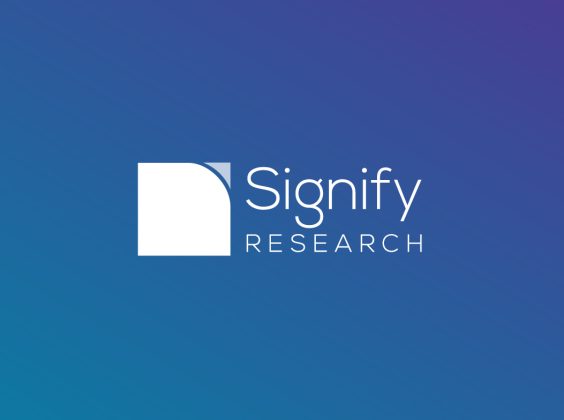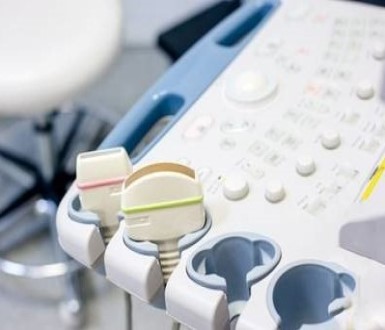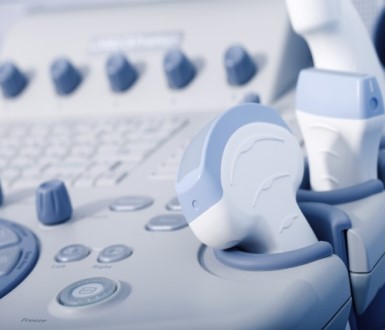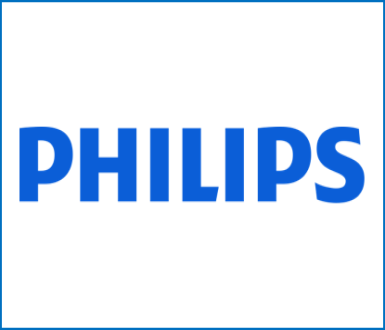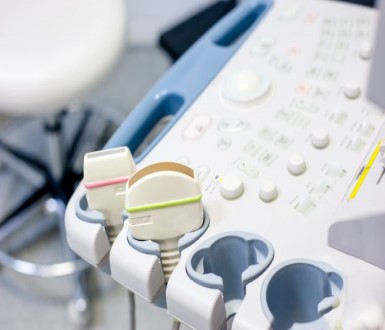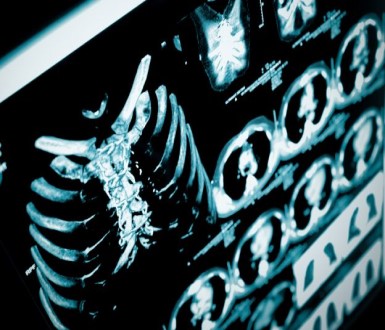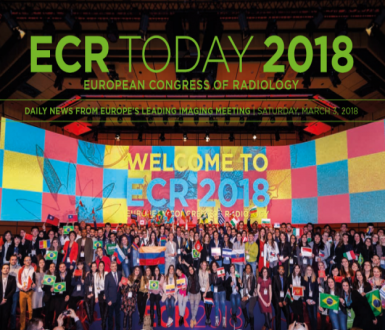
Get in touch
Contact usSimon has 26 years of experience in technology market intelligence, having served as Executive Vice President at IMS Research and Senior Research Director for IHS Inc.’s Technology division. Whilst at IMS Research he established the InMedica brand of medical market research. Out of work, Simon has a passion for indie music, fast cars, and of course – his wife and three children.
